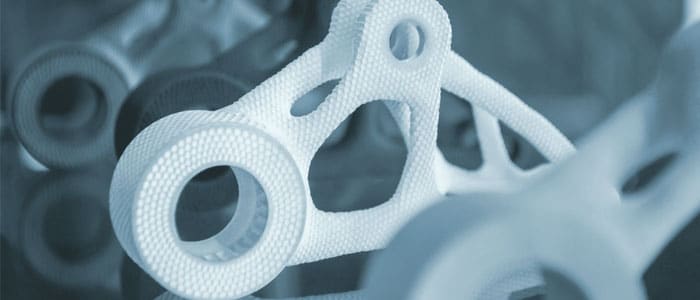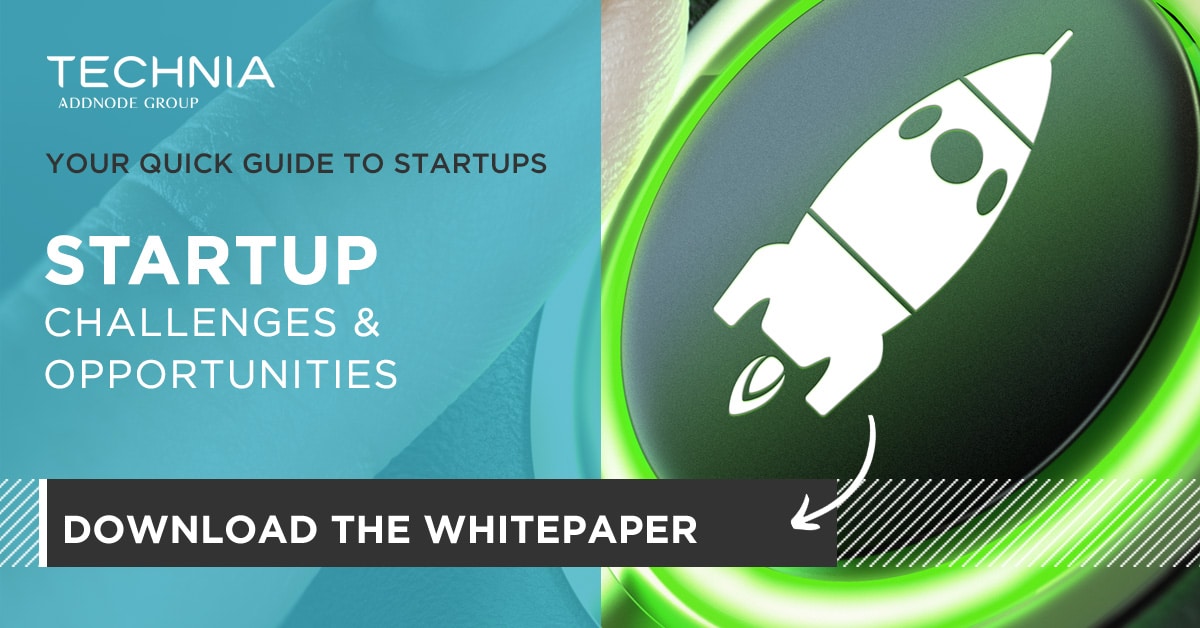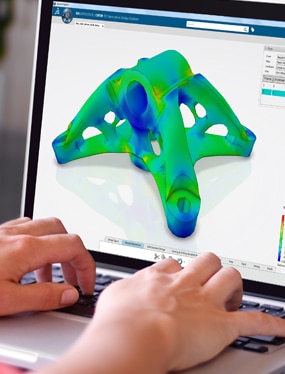
Prototype Development: Advice for Startups
Table of contents
What do Apple, Tesla, and Siemens have in common? For one thing, they all develop prototypes. So, when you’re thinking about product development, what works for global corporations can also work for your start-up. In this blog, we’ll explore the concept of prototyping from how it works, to why it works, and what its key benefits can be.
What is a Prototype?
A prototype is a preliminary model or sample of a product that is used to test and evaluate its design and functionality before it is produced on a larger scale. It allows designers and engineers to identify and address any issues or flaws in the product before it goes into production, saving time and money in the long run. Prototyping is an important step in the product development process and has been used in practice since the Industrial Revolution.
What are the Different Types of Prototypes?
Not all prototypes are the same. There is a distinction between different variants, which all have their own purposes. Examples of prototype types are:
- Virtual prototypes: These are digital computer models developed with 3D CAD software. Digital prototyping is only successful if the relevant data is available and accessed across all phases of product development. Using PLM software can ensure this.
- Technical prototypes: This variant already has all the relevant features and functions of the intended product. The design and materials used correspond to the planned series. Technical prototypes are usually for extensive tests that highlight early-stage issues.
- Design prototypes: These are also referred to as design samples and are like the planned product in terms of appearance and ergonomics. The weight, the feel, and the coloring are also realistically reproduced with the design prototype.
- Laboratory Sample: While this prototype contains all the mechanical or digital functions of the product, it still has an entirely distinctive look. The exact dimensions of the product, the surface coating or the design do not play a role in this prototype variant. On the contrary, the purpose of this variant is to check whether the prototype works flawlessly from a technical point.
Ideally, you would use a PLM platform to develop a virtual prototype as it can be manufactured at a small cost and include variants. The PLM platform also enables cross-disciplinary and cross-departmental development that involves multiple people from various areas. However, choosing the right type of prototype will depend on your budget, timing, and knowledge.
Why Develop a Prototype?
Whether you’re planning a mass production of T-shirts or of a few complex components for the automotive industry, the product or manufacturing efficiency as well as the look and feel should not be your only priority.
By the time the production phase has started, it is already too late. You may have missed some aspects of your product, and unexpected developments will cost you. Worst case scenario, you could enter the market with a defective product that would damage your reputation in the long term.
The development of a prototype therefore pursues the following goals:
- Clarity: The most detailed technical drawing and appealing design do not guarantee a functional product. A prototype can provide evidence that the product is ready for the market – or not.
- Customer feedback: You can rave about the benefits of your product, but surveys and market analyses are key. However, nothing replaces a test under real conditions. You can gain valuable insights by showing the prototype to customers. It will highlight their needs and requirements and point out some aspects that you may not have considered.
- Onboard investors: The production of physical products is often associated with excessive costs. In addition to customers, investors are also an important target group. An effective and well-designed prototype shows that you know your “craft” and that an investment in your start-up is worthwhile.
- Cost savings: Since you’re already going through the production processes while developing your prototype, use the experience gained to save time and money –the keyword here is material consumption.
- Product optimization: By nature, prototyping is there to optimize your product. You can still make some changes at the early stage of production. Later, it will cost you time, money, and effort.
The development of a prototype has numerous advantages for startups. But when is the perfect time to produce a prototype?
When Should you Start your Prototype Development?
In principle, you should start developing a prototype as early as possible, but even prototyping can take some time. In addition to the actual product idea, you should start creating your prototype as soon as you know the how-tos, the materials and technical requirements. Use the advantages of a virtual model developed using PLM software. That way, you can save resources and protect your finances right from the start. Also, a prototype is only a first draft, so you don’t have to plan every little detail yet. Put it into practice and learn from it.
How to Develop a Product Prototype?
Whether you’re developing a digital marketplace, an app, or a physical product. The basis of prototyping is always your product idea. If clearly worked out, in theory, you could use the following steps for prototype development:
- Sketches and diagrams: A first visual of your product starts with the product sketch. This should be as detailed as possible and, in addition to the look and design, also illustrate the technical functionality. Try to scale the prototype’s dimensions with software tools. This will help ensure that your first product design is accurately sketched.
- 3D models: Once the sketch is created, you can develop a 3D model of your prototype. CAD software solutions bring the visual to a whole new level, and combined with augmented reality technologies (AR), convincing investors becomes easy.
- 3D Printing: You can now use a 3D printer to produce your 3D model. This process usually only takes a few days and provides you with a model that you can use to test the basic functions of your prototype.
As you can see, software solutions can simplify the prototype manufacturing process. And TECHNIA offers PLM platforms that support startups in their product development.
Alternatives to Prototyping
The procedure described above is only one possibility. Another variant is the production of a minimal viable product. This is not a prototype, but a first simple product version that can be mass-produced. The aim is to use this basic product to obtain customer feedback to continuously develop the product. This is also a cost-effective way for startups to manufacture products. You can also find out more about this in our whitepaper “Start-up – Challenges & Opportunities”.
How does prototyping become a success?
The development of a product prototype is always an exciting process. However, you can easily lose yourself in trivial details. Our tip: set a firm timeline for the completion of the prototype and remember that it will not be a perfect, fully-fledged product. Our second piece of advice is that you should involve teams across departments when making the prototype. This way, you gain new perspectives and benefit from diversified expertise. So, keep things simple and see the prototype as an opportunity to gain valuable experience. Then the development will be a success.
Prototype Development: We support Startups and Founders
Do you have a clever product idea? Would you like to test whether this idea can also be implemented in practice, or are you looking for ways to do efficient prototyping? Then you have found the right partner in TECHNIA! We provide you with tools for product and prototype development. Numerous established companies, corporations, and startups from a wide range of industries already rely on our experience and expertise. We would also be happy to advise your company and show you how prototype development works. So, when can we talk?
Your FREE whitepaper “Start-ups – Challenges & Opportunities” is here. A guide at hand to help you build a start-up in the field of product development!



